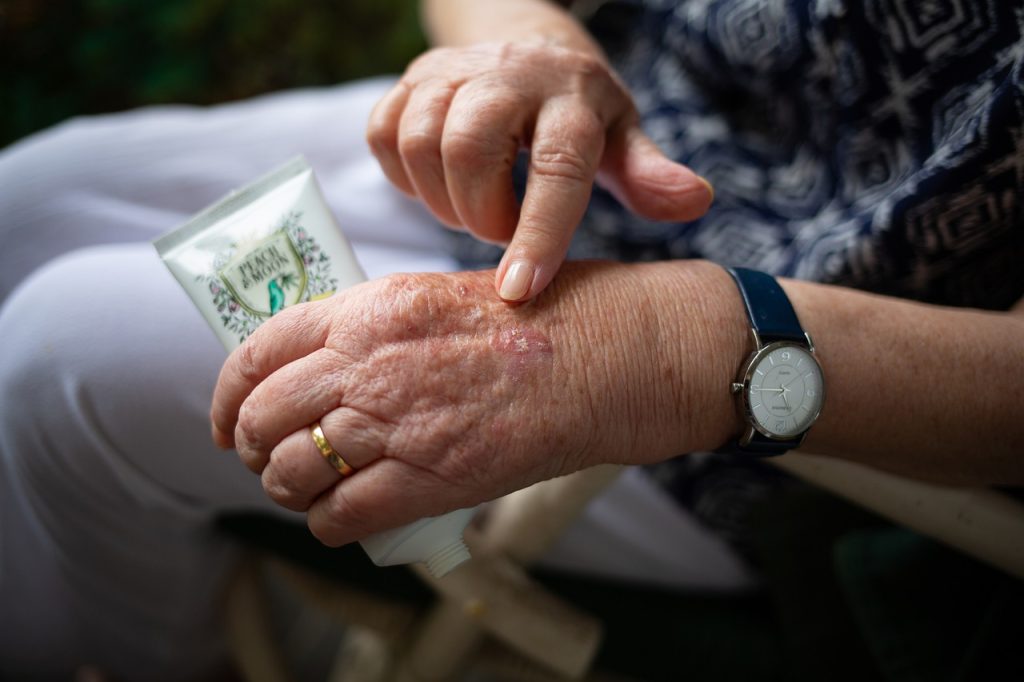
New research indicates that higher doses of topical corticosteroids, commonly used to treat inflammatory skin conditions, are linked with elevated risks of osteoporosis and bone fractures associated with osteoporosis. The findings are published in the Journal of the European Academy of Dermatology and Venereology.
Drawing on the Taiwan National Health Insurance Research Database, the study’s investigators selected 129 682 osteoporosis cases and 34 999 major osteoporotic fracture (MOF) cases and matched them with 518 728 and 139 996 controls (without osteoporosis or MOF) by sex and age.
The team found clear dose–response relationships between long-term use of topical corticosteroids and osteoporosis and MOF, as well as differences in sex and age.
All topical corticosteroids prescriptions were converted to prednisolone equivalents (mg) according to their anti-inflammatory potency. Effects were not clear in exposure periods of six or 12 months, but effects were seen when analysis was extended to the longer term (three to five years). Compared with no doses, low, medium, and high cumulative of doses topical corticosteroids were associated with 1.22-, 1.26-, and 1.34-times higher odds of developing osteoporosis over five years. These respective doses were linked with 1.12-, 1.19-, and 1.29-times higher odds of experiencing MOF. Women had higher risks of osteoporosis and MOF than men. Also, younger people (under the age of 50 years) had a higher risk of osteoporosis compared with other age groups.
“This study emphasises that using topical corticosteroids to treat inflammatory skin conditions should be done very carefully and clinicians should be aware of these potential side effects,” said corresponding author Chia-Yu Chu, MD PhD, of National Taiwan University Hospital and National Taiwan University College of Medicine.
Source: Wiley


